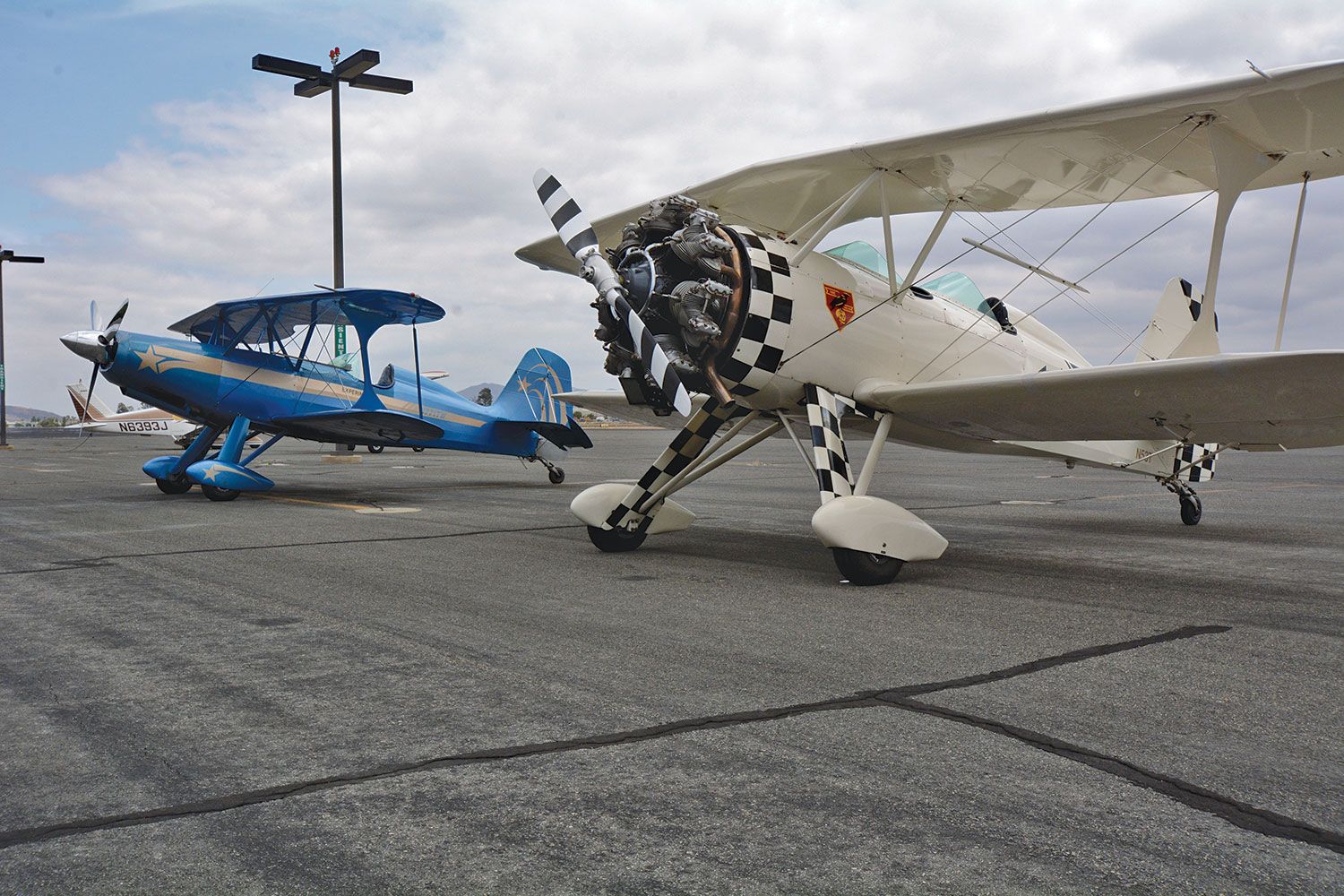
In a parallel life of mine—auto journalism—shop talk occasionally got around to just how few cars the average person probably drives in their lifetime. Who knows what the average is, 20 perhaps, for a person who may not travel much and thus doesn’t rent too many of Hertz’s finest. But for an old-school journalist who was regularly hosted by auto manufacturers, the number is in the many of hundreds, if not solidly in the four-digit range over an active career.
In my case there have been somewhat fewer new cars than scribes constantly employed in mainstream car reviews, but you can add in several hundred privately owned cars because I typically labored at a “screwdriver book”—industry speak for a how-to magazine (such as KITPLANES®) where the subject was often some guy’s personal creation. Many of these were quite memorable, especially the ones that caught fire, while others were simply nicely done and have long since blended into one of the brain’s deeper folds where lists of state capitals and last Tuesday’s breakfast go to fade away.
So far my association with KITPLANES® has not given me any special entry to cockpits either fair or intimidating, these being the purview of the gents scribbling articles at the front of the rag. Truth be told, I’m not that qualified for the job, so fair enough, but that said, along the way I have weaseled my way into a few cockpits not my own. Also, I’ve hosted a fair number of people in my own airplanes, which is much the same experience turned around.
What all the car, motorcycle, tractor, boat, bicycle, and aircraft samplings have in common is the unspoken etiquette of handling someone else’s impossibly valuable pride and joy, or what may be a corporation’s high investment one-off. To the latter point, you don’t want to be the jurno who, driving far ahead of his talent during a private track event, comprehensively wadded a hand-built Detroit prototype—call it an easy $500,000—against a bridge abutment. I’ll pause here to swear I’m not making one iota of this up, but his first words as he crawled out of the wreckage were an accusatorial, “Your car sure doesn’t handle very well!”
We didn’t see too much of him after that, as word does get around, even among competitors.
So, when your buddy Joe does offer to let you fly his Sierra Hotel Model 1 home from breakfast, there are a few things to keep in mind. For starters, did he mean the left seat or the right seat? Joe might be crazy enough to put you in the command position, but out on the ramp it’s far smarter to, with hands in pockets, just sort of loiter on the right side of the bird than anywhere else. If Joe wants you in the left seat, that’s his decision alone, and he doesn’t need any pressure, subtle or not, from you.
Another given is who is going to take off and land. That, most assuredly, is the owner. Joe may be generous, but he isn’t stupid. Airplanes, sometimes even different examples of the same breed, handle differently, and Joe isn’t interested in impromptu dual. Even more apropos, you and Joe might be friends and maybe even flown a little together before, but he doesn’t truly know if you found your tailwheel endorsement in a box of caramel candy or blowing across the ramp one day. Another thought to remember is it doesn’t take a superman to fly almost anything you’ll run across, but it does take experience. And if you don’t have the necessary experience, it’s far better to let the guy who does handle the job.
Then there is the getting in and out. If it’s a Cessna Cardinal we’re talking about, well, there’s nothing to say. But almost every experimental has more “don’t touch here” points than an old cat, and it’s important to actually listen and understand when Joe is reciting the grab here, step there hokey pokey.
Something I have trouble with is keeping my mouth shut—anytime, really—but especially when the owner is igniting the infernal combustion device, listening to the AWOS, and generally getting into pilot mode. It’s too easy to ask, “Whatz?” “Whatz?” “Whatz?” while pointing like a hunting dog at every switch and gizmo, but just before the runway is not the time for that. Better to helpfully watch for traffic at this point.
Also a good time for silent running is when Captain Joe has leveled off and is setting up cruise power. Some of us actually like to listen to all that racket as part of our power setting procedure, and having a buddy blathering away about his brother-in-law’s new stainless steel barbeque’s searing plate is a good example of where the saying originated about the high quality of the social experience in single-seat aircraft.
Then there’s the big moment when “Your airplane” comes over the intercom. Be a pro and say “My airplane” as you take over. It might sound corny, but it can avoid some real embarrassment!
As for the actual flying, we’re all uptight about how little we look like Bob Hoover, even in a panama hat, so go gently at first and don’t worry about it. A little overcontrolling or tromboning the altimeter in the turns is all part of learning a new airplane. Besides, how self-conscious would you be if you took over Joe’s airplane and showed him just what a hack he really is? Better to be a good guest.
Besides, the range of response to a new airplane is pretty wide in my experience of letting folks try out my Starduster; my guess is 95 percent of us reading this fall into the average category. Non-pilots are the easiest, as they approach the stick and rudder the same way non-Pentecostals handle snakes. They’re smooth and timid for the most part, and generally everyone has a good time. There’s a bit of over-controlling for the first few seconds, but it isn’t like the neophytes try to Lomcovák the thing. Pilots, on the other hand, range from the amazingly inexperienced to seemingly trying to impress Svetlana Kapanina. A few you have to watch out for because they don’t realize how easy it is to get the ’ol biplane going faster than is prudent, the result of having at least a third more horsepower than it was designed for.
But all said, it’s the sight picture that seems to foul most of us up when trying a different airplane. Buddy Joe figured out where level was in his airplane a long time ago, but you and I have to wobble it out before we look like the jump suit studs we are (minus the potbellies). Switching from Cessna to Cessna or RV to RV is typically little challenge in this regard, but when I put people in the front cockpit of the biplane, they typically exhibit that overrated but understandably comforting desire to see where they are going. They do a lot of nose-down flying.
Landings belong to the owner, as already noted, but let’s add there is some protocol as to how close to the airport the guest pilot should fly. It depends on the pilots, type of airplane, and who’s comfy with what, but if there is any question, the guest pilot should hand the bird back to the pilot by the start of the 45 pattern entry. If nothing else, this lets the owner reacclimate to piloting soon enough to remember how it’s done. Furthermore, the owner should not have to ask for his airplane back. Eagerness is appreciated, but we all know at the end of the night, he’s taking his wife home, not you.
Taxiing back is a good time for a private thank you or two. I doubt anyone has ever forgotten to say thanks for trying another person’s airplane, but it’s worth remembering this flying business is still pretty new to the human condition, and we’re amazingly privileged to do it at all, much less at the cost to another.


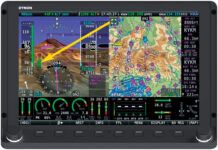
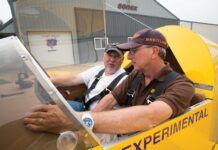

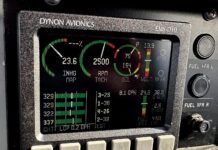
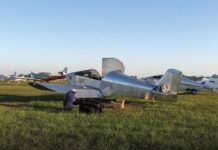





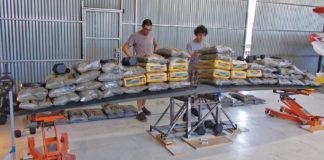

Always enjoy Tom’s missives !